This Week At Angama #20
22 June 2018 | This Week at Angama | Tyler Davis
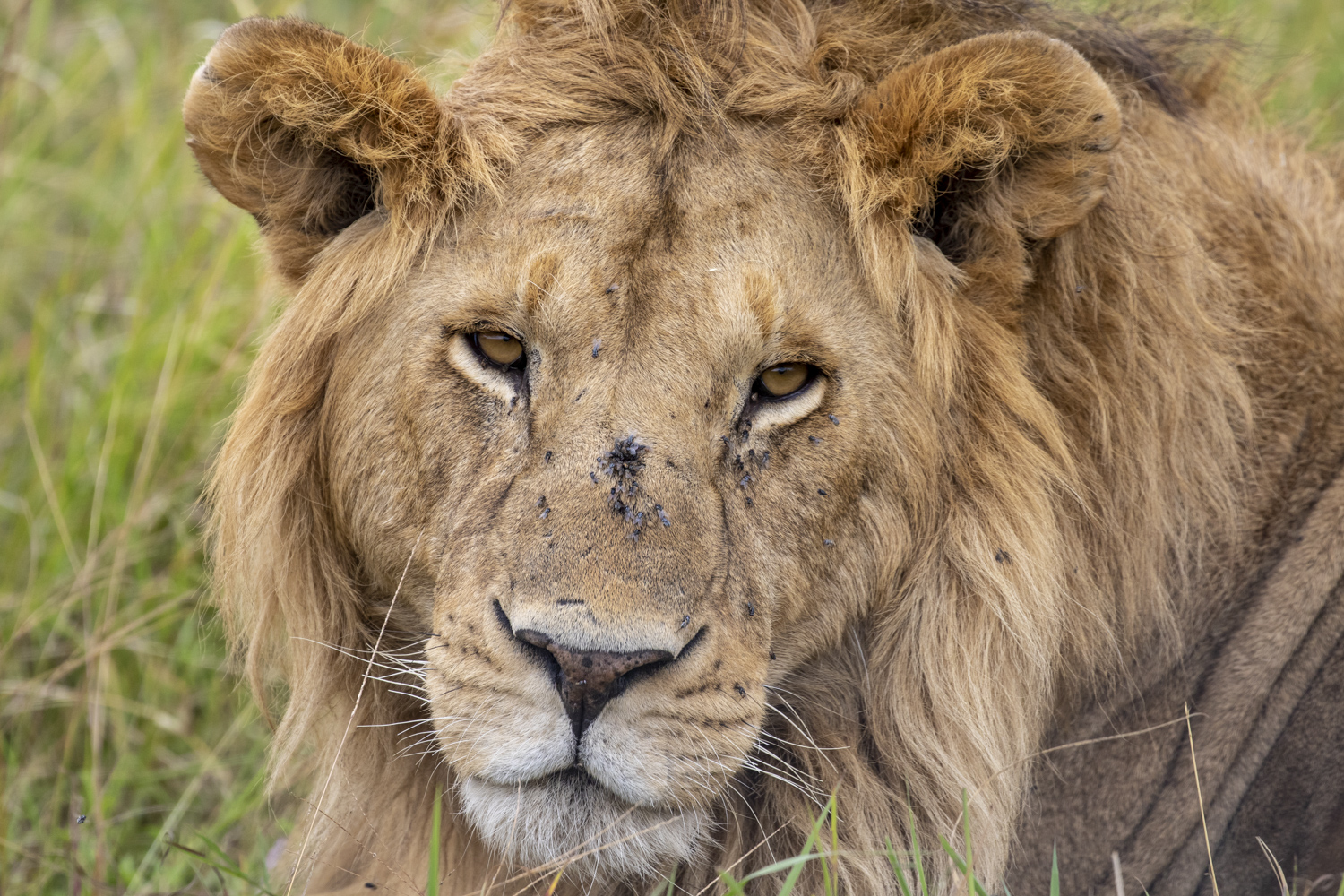
Besides a couple of minor scattered showers last week, we have well and truly entered the dry season. Dust is unavoidable, grass is starting to turn a beautiful golden hue, and skies are blue and sunny more often than not. While the Northern Hemisphere celebrates their summer solstice, we are experiencing chillier mornings and evenings, which translate to more hours for finding predators on the move before the heat of the day makes them languid and sleepy. This post offers a mix of photographic opportunities, from the quintessential charismatic Mara characters, to the nuances of macrophotography, to mid-day lighting challenges. For the next few weeks, we enter an interesting time when we have to work a little harder for our photographs, thinking outside the box and looking for unique opportunities, until the Migration arrives and changes the landscape once again.
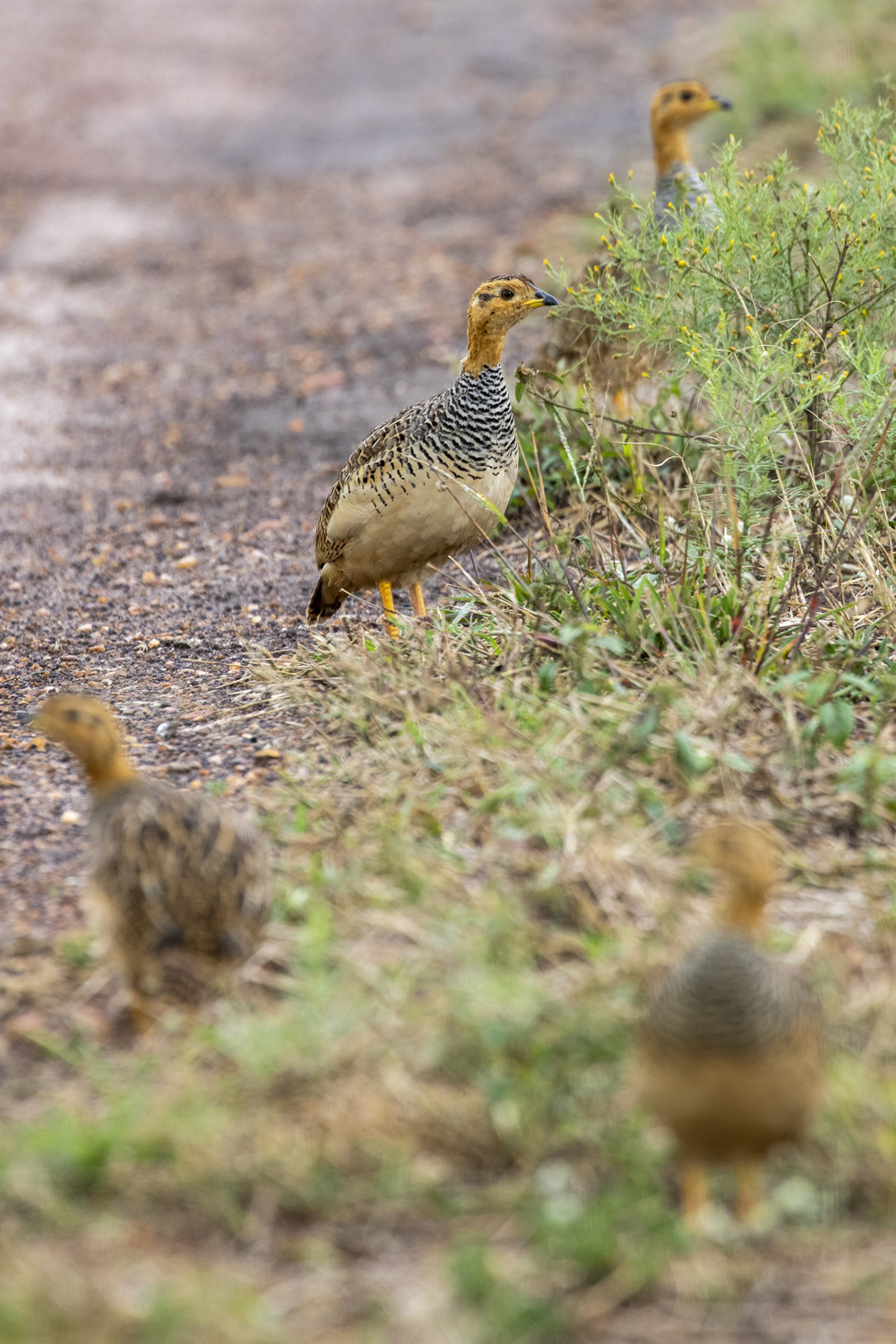
Coqui Francolins are one of our most common and handsome game bird species, often seen at this time of year because the tall grass pushes them to road margins. This shot presented the opportunity of playing with depth of field as this covey of Coquis lined themselves up. [f 5.6, 1/500, ISO 400; photograph by Tyler Davis]
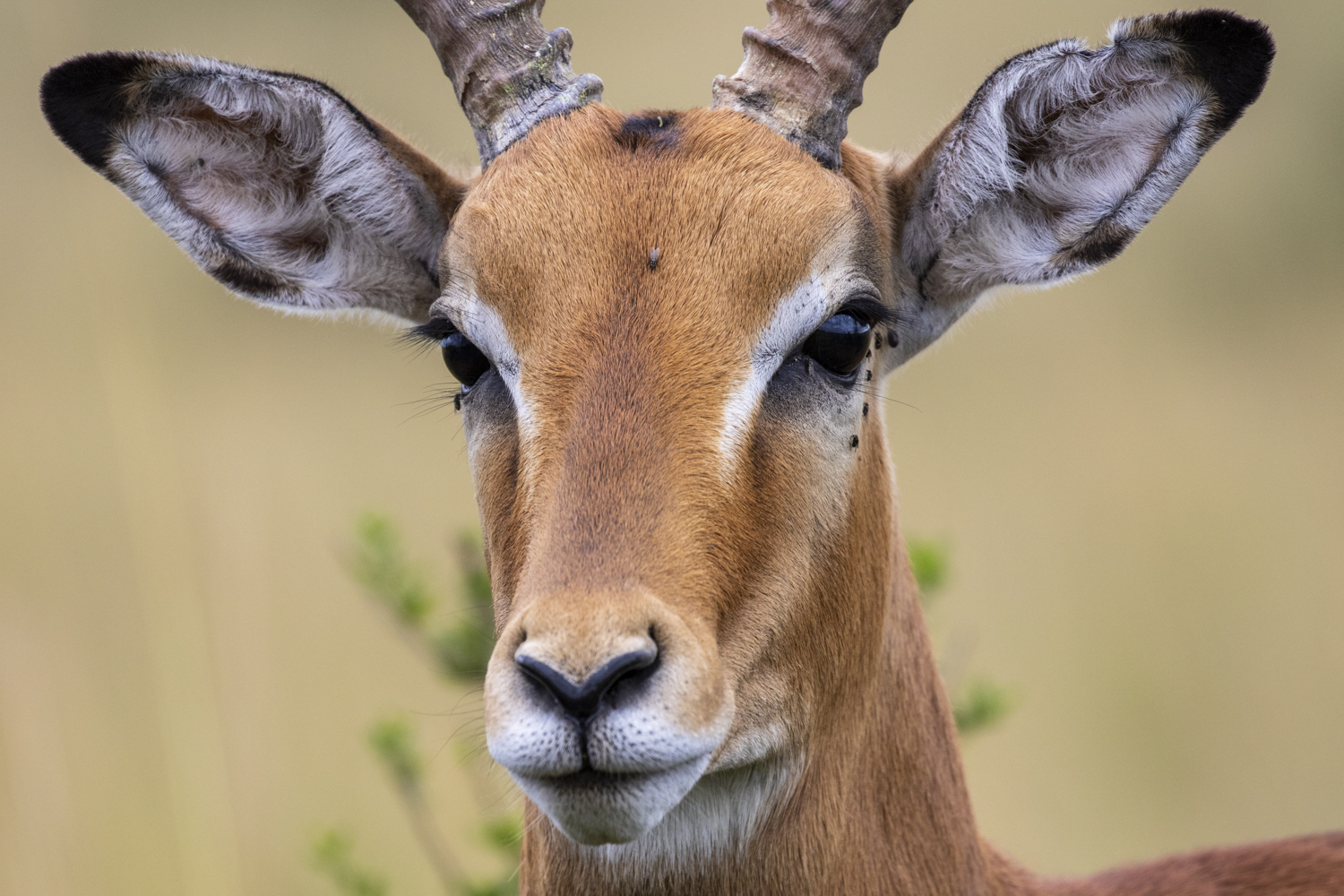
The ironic tragedy of impala is that they are ubiquitous, yet overlooked. Like Mallards at the local park, their abundance overwhelms their beauty. Impala are striking antelope, and it is a fun challenge to try to showcase this. [f 5.6, 1/800, ISO 400; photograph by Tyler Davis]
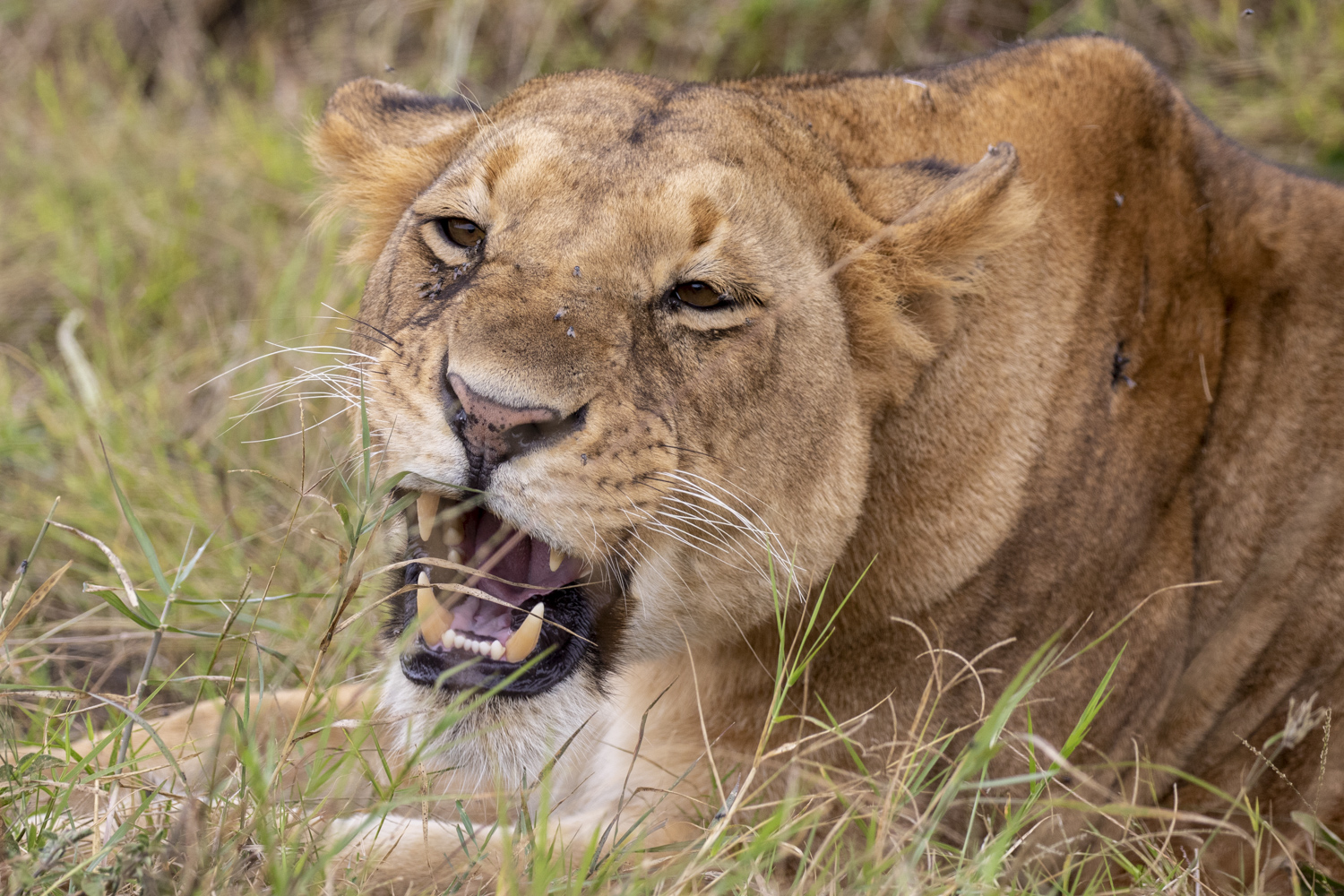
Just like a domestic cat, lions will sometimes eat grass when they have a little indigestion and need some fibre to get things moving – but knowing the reason doesn’t make it any less incongruous or comical to see a big cat nibbling on blades of grass. [f 5.0, 1/500, ISO 400; photograph by Tyler Davis]

One of Africa’s smallest kingfishers, Malachites are difficult to photograph because of their diminutive size and lack of approachability (they are often in the middle of a pond or flooded area, and are quick to flush). This Malachite Kingfisher was right alongside the road, but even with a 400mm lens, still didn’t come close to filling the frame and required thoughtful composition. [f 5.6, 1/640, ISO 400; photograph by Tyler Davis]
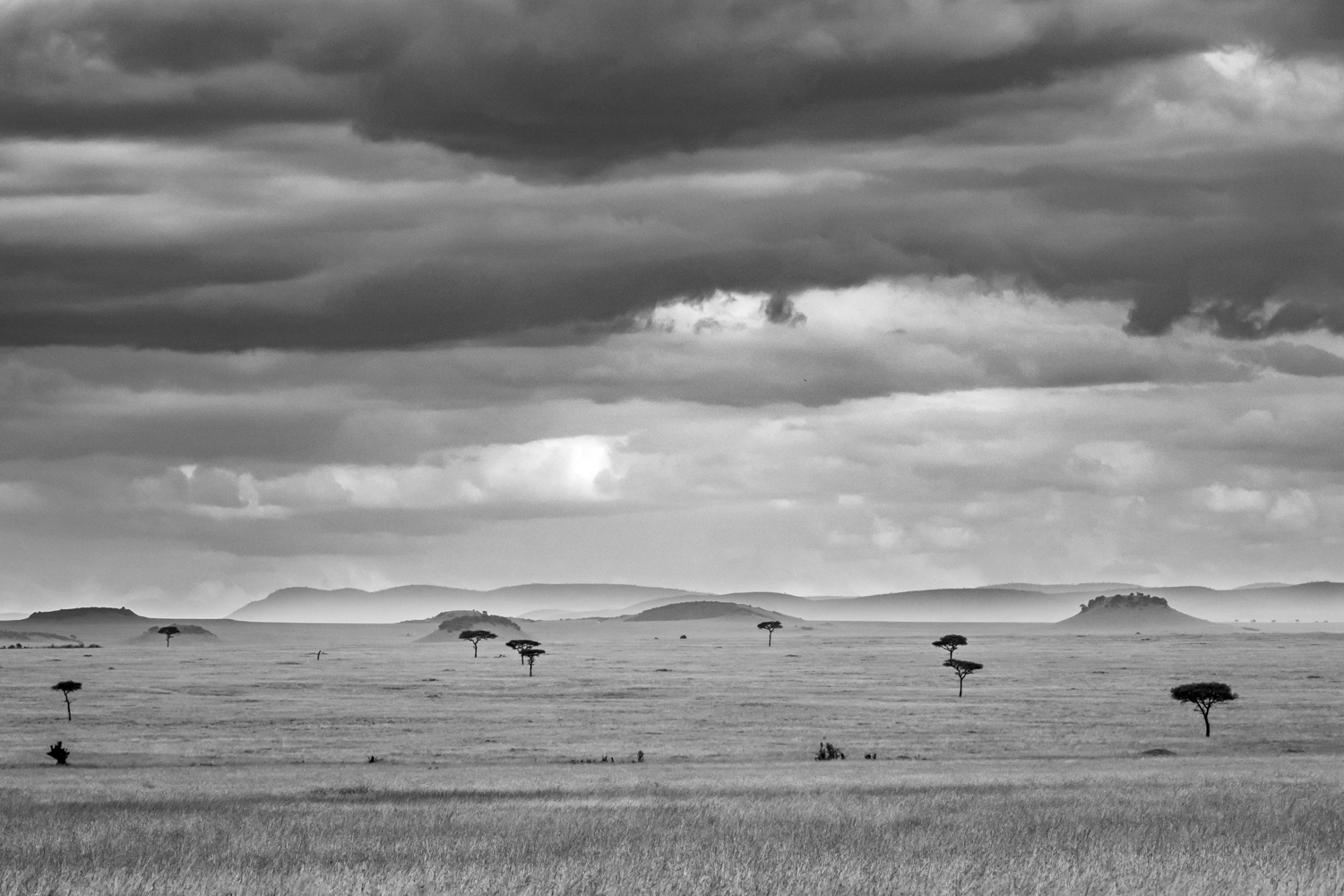
In the height of the afternoon, photography is a challenge because of the lighting. The overcast skies here offered an opportunity to capture an image that could be converted to black and white, highlighting the hypercontrasts of midday shooting, to showcase the Mara landscape. [f 4.5, 1/2000, ISO 400; photograph by Tyler Davis]
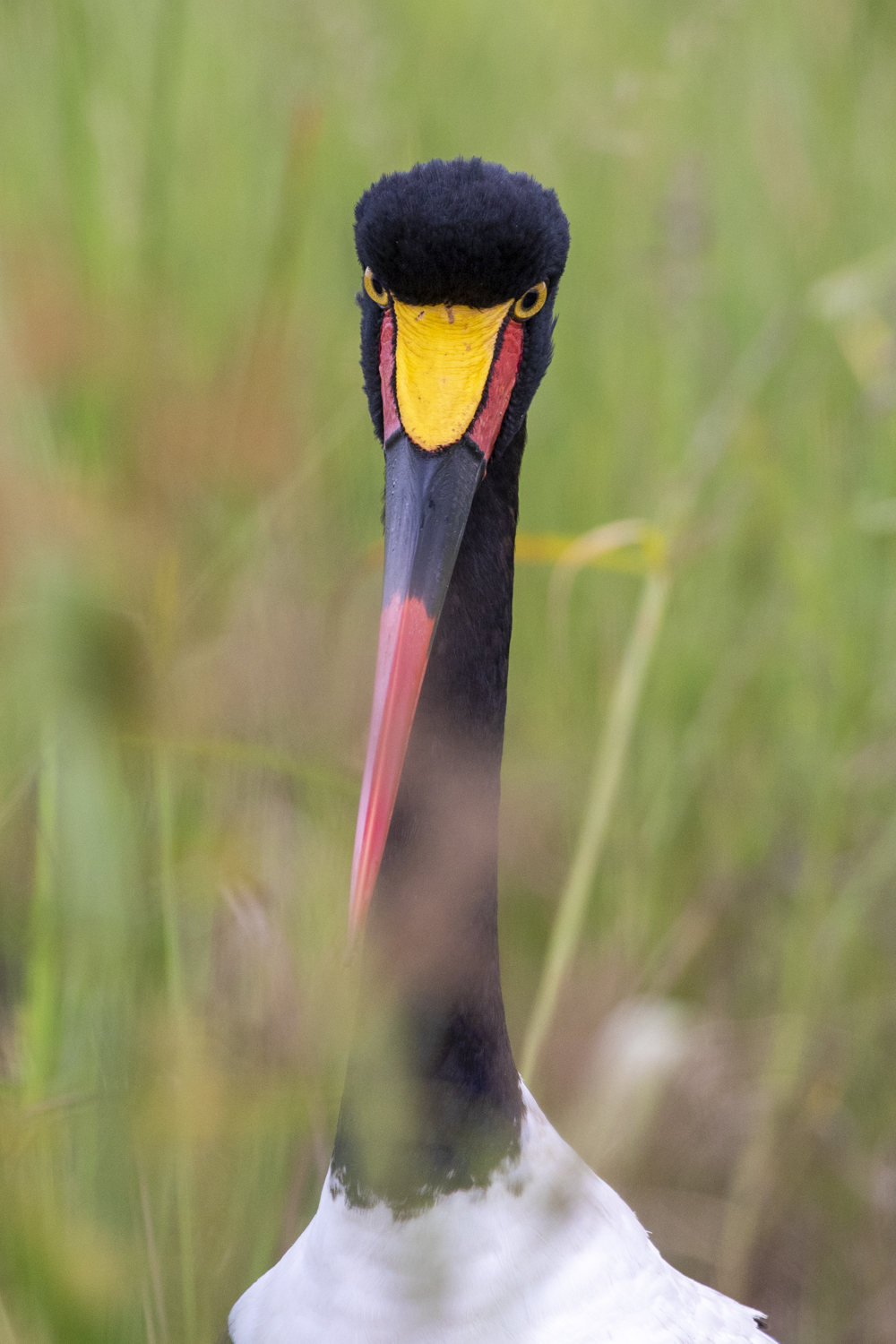
For photographers, Saddle-billed Storks are truly one of the best birds to come across in the Mara; they just offer so much charisma. Here, I tried to capture the menace and terror a frog or fish might feel as this fierce-some dinosaur resolutely and meticulously hunts them through the reeds. [f 5.6, 1/1250, ISO 400; photograph by Tyler Davis]
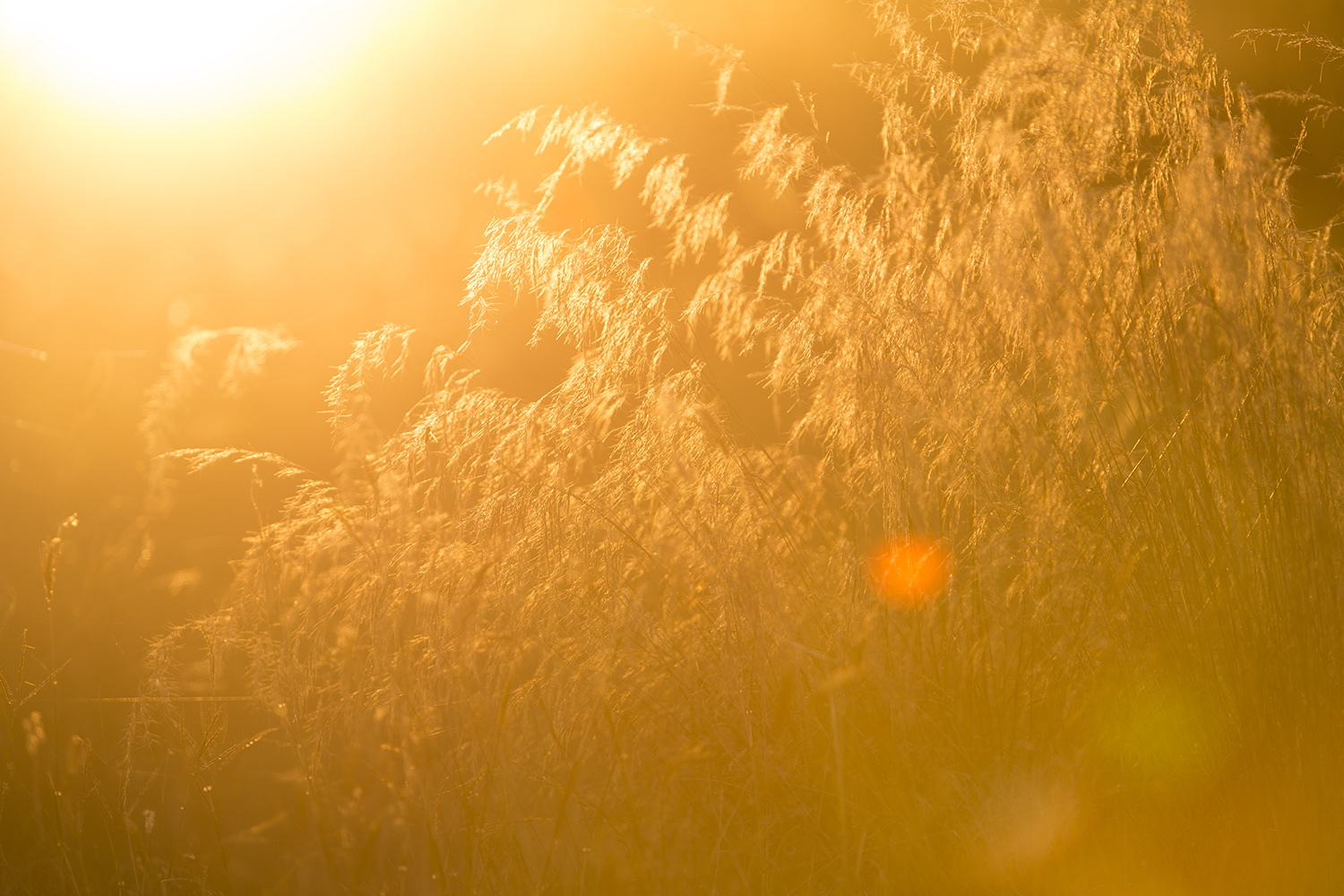
I am a fan of simplicity in photography and am always looking to capture ordinary everyday sightings in unusual ways. Here I was struck how the orange light of the setting sun caught the flowering grass and transformed it into art. [f 4.0, 1/500, ISO 125; photograph by Adam Bannister]

The Angama Photographic Studio is a hive of activity offering guests photographic classes, editing and printing of their images, and chatting about all things relating to photography. It is also where every week the team assembles to put together our Friday blog post. [f 4.0, 1/100, ISO 640, -0.33; photograph by Adam Bannister]
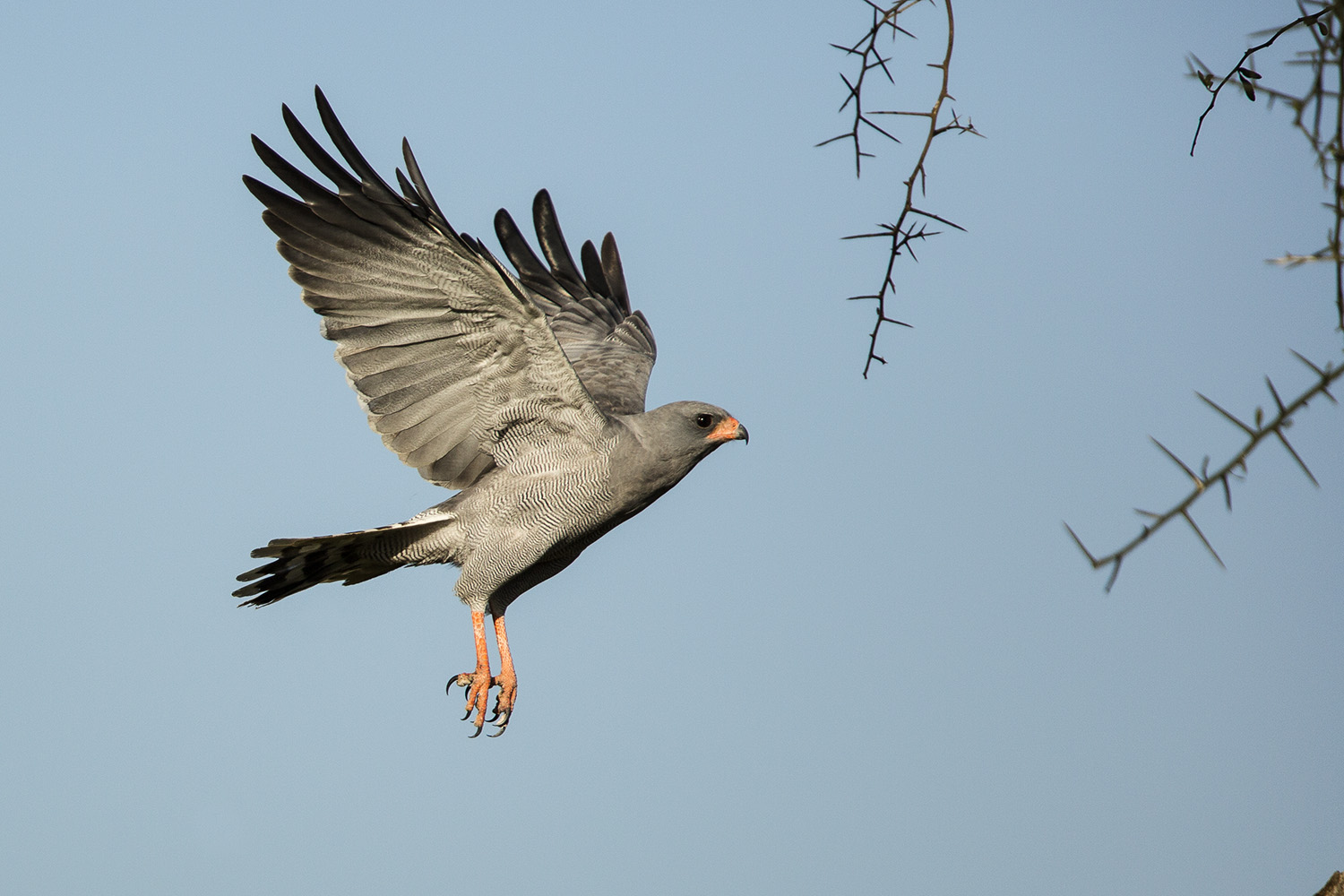
To capture a bird in flight (and in focus) requires a very fast shutter speed. You can see here I was able to get to 1/6400 of a second which allowed me to get the Dark Chanting Goshawk perfectly in focus as he was coming in to land. [f 4.0, 1/6400, ISO 250, +0.33; photograph by Adam Bannister]
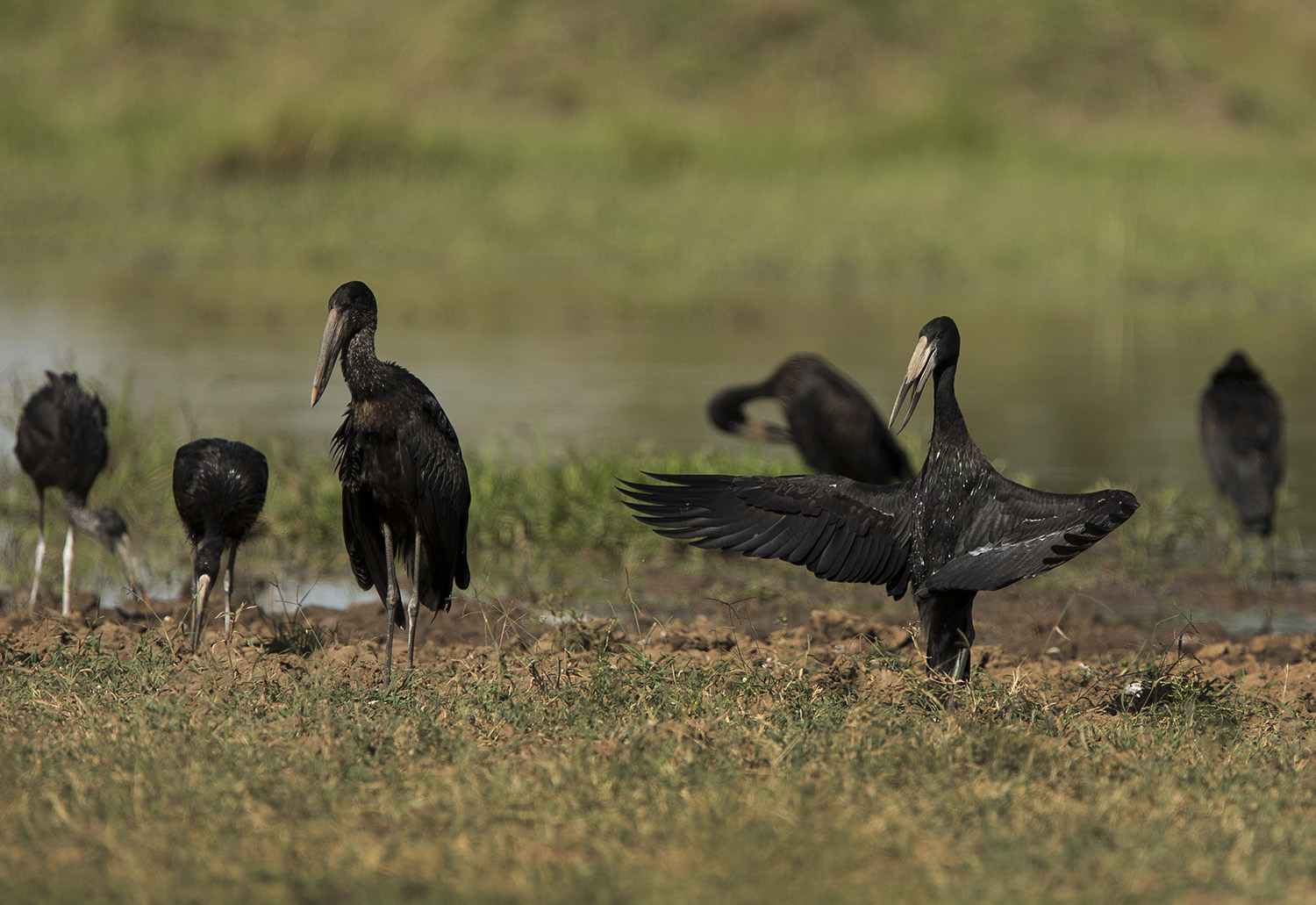
As if worshipping the sun this Open-billed Stork opens his wings and falls into a trance. The thinking here is that the sun helps the preen oil to spread across the feathers and it also drives parasites from within the plumage. [f 4.0, 1/2000, ISO 200; photograph by Adam Bannister]
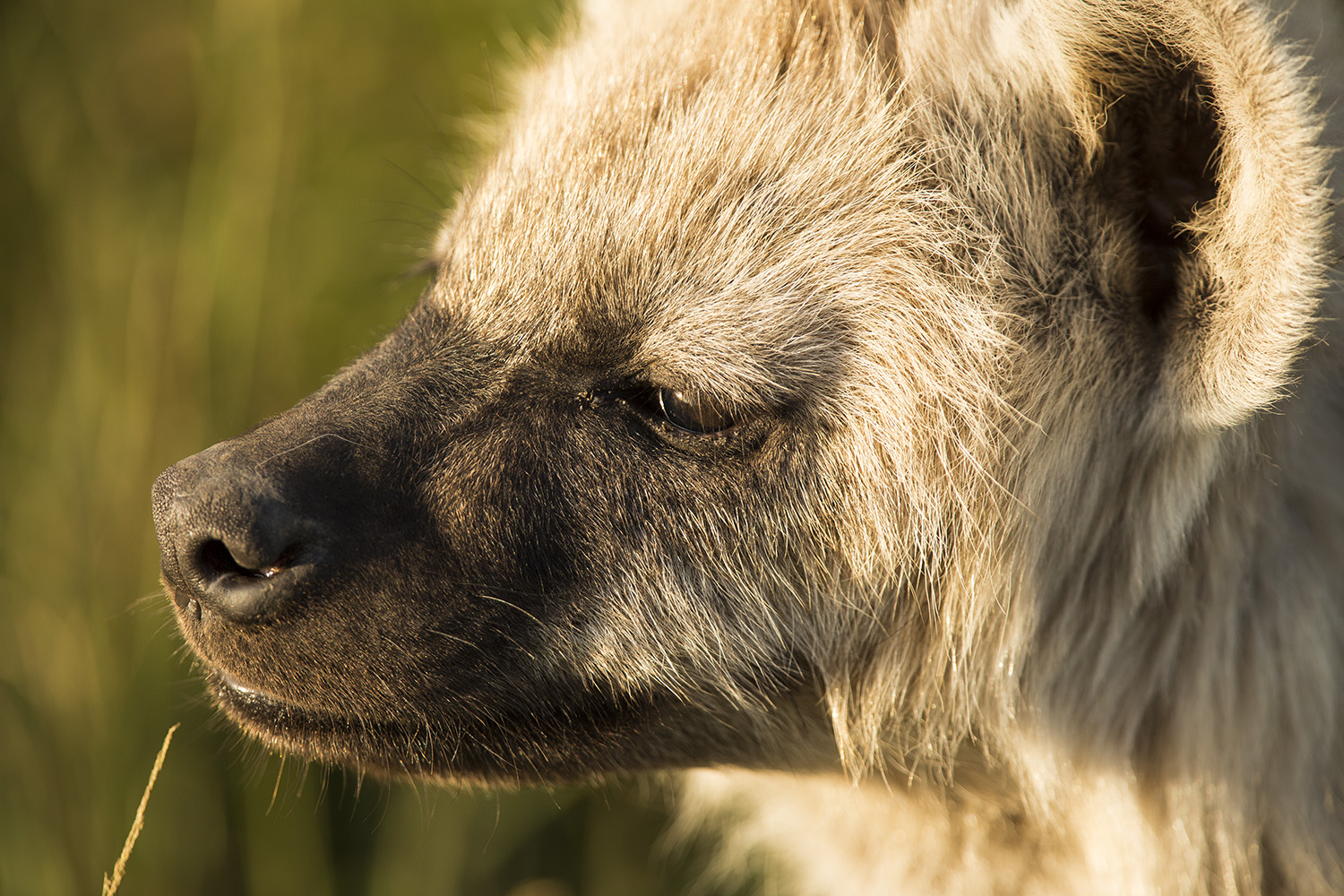
An extreme close up of a young hyena. The nearby den-site is incredibly active with as many as 40 hyenas playing, lounging and messing around at any one time. [f 4.0, 1/500, ISO 250, -0.33; photograph by Adam Bannister]

There is very little that can beat the power of a male lion. Here, one of the coalition members of ‘The Muskateers’ strides across the plains. A large gash to his nose gives us a hint as to what he was up to the previous night – a big cat fight! [f 5.6, 1/60, ISO 100, +0.33; photograph by Jeff Njuguna]
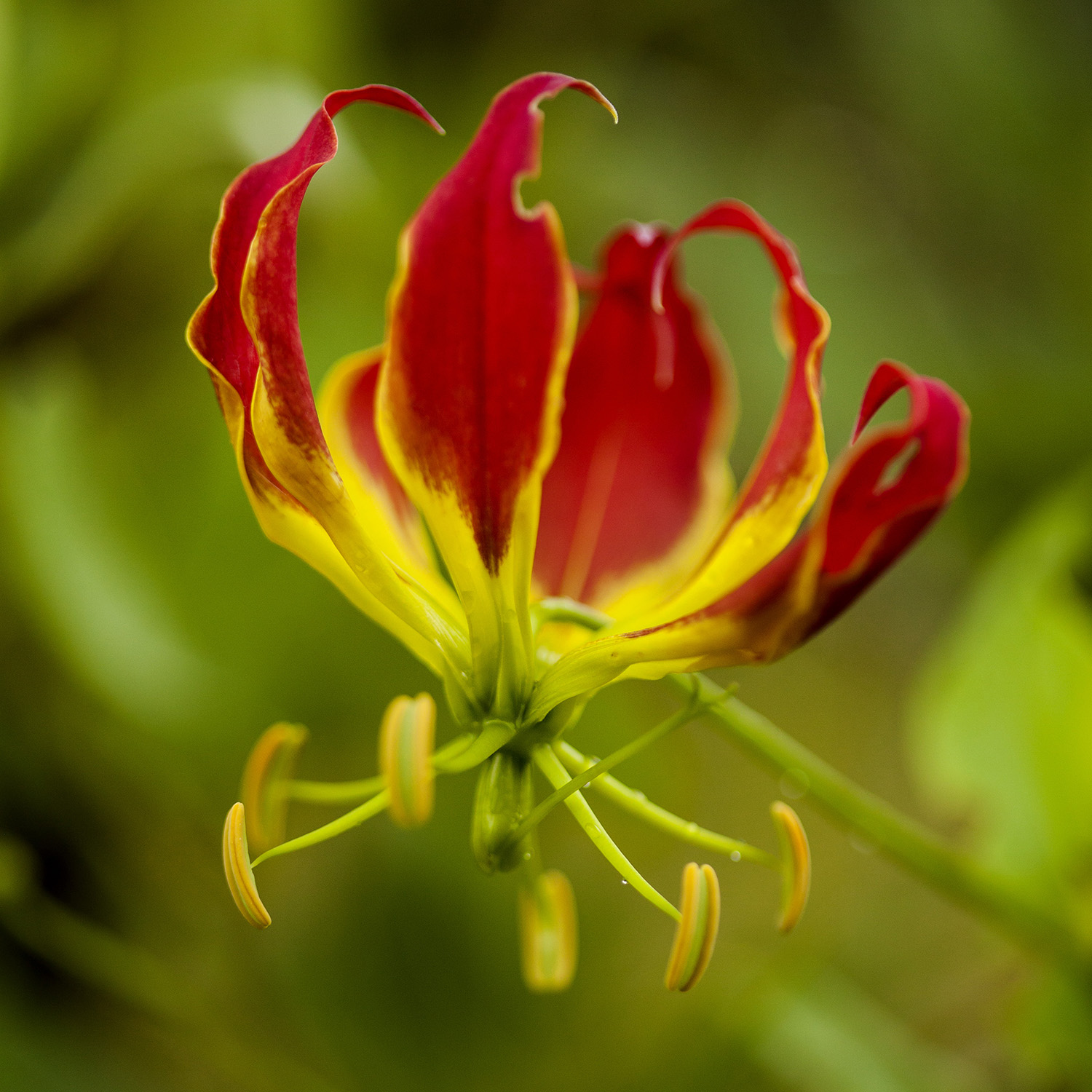
Switching to the macro lens offers you the opportunity to capture the smaller gems of the Maasai Mara. I used a very large aperture to give a shallow depth of field and make this Flame Lily stand out against the green background. [f 2.8, 1/1250, ISO 400, +0.33; photograph by Adam Bannister ]
TAGGED WITH: Wildlife, Photography, Maasai Mara, Landscapes, Wildlife Photography, Lion



COMMENTS (1)
Francis Bagbey
June 22, 2018None other than to say what a beautiful Blog this is. Hope Angama will remain committed to fairly frequent posts, especially of those full of fantastic photos. Thanks for all the thought and hard work that goes into this Blog!
REPLY